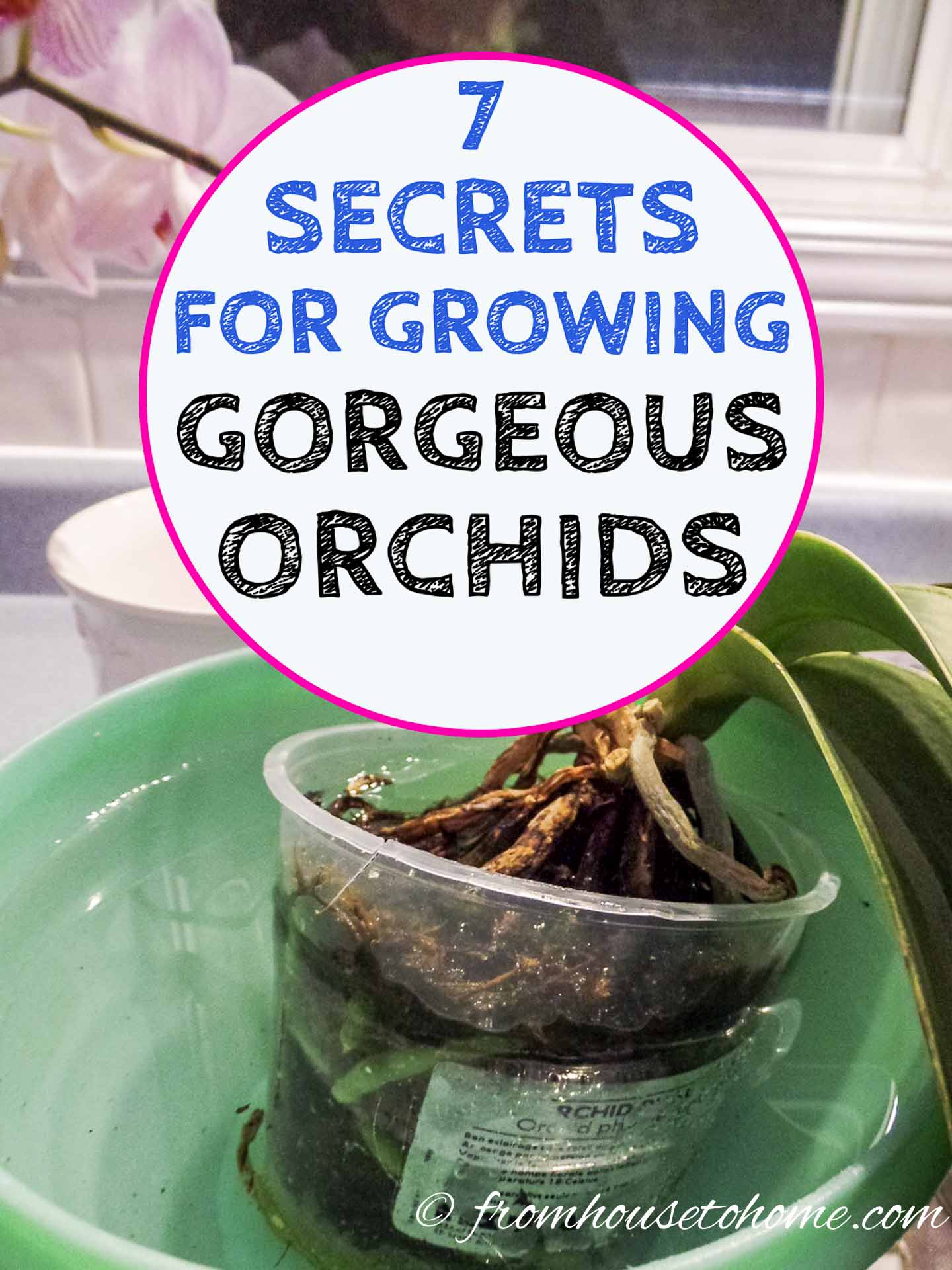Unlock the Secrets to Thriving Phalaenopsis Orchids with These 7 Insider Tips
If you've always wanted to grow orchids (or have tried and failed), then you're in the right place! These tips on caring for Phalaenopsis orchids (the kind you can find everywhere) will show you how to get them to thrive and rebloom. They're much easier to grow than you think.

If you are a fan of mystery writer Rex Stout, you know that he had his protagonist (Nero Wolfe) spend at least one uninterrupted hour daily sequestered in his orchid atrium.
The trials of orchid propagation and disease protection were described in such detail that I formed an impression this plant was difficult and temperamental to grow.
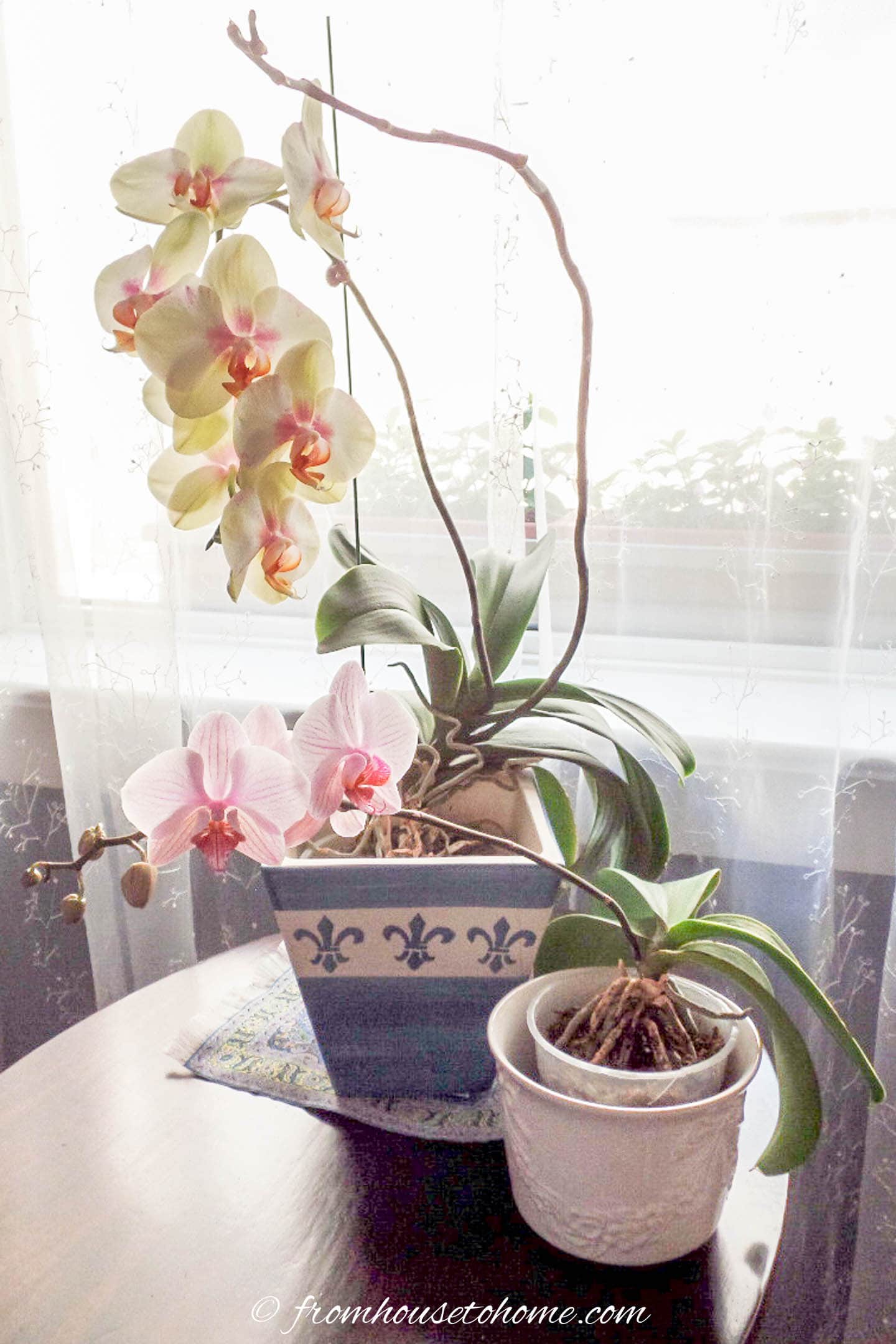
Then I started using the moth or Phalaenopsis orchid as an accent plant in decorating and learned how easy they are to care for.
The addition of one of these blooming plants brings a room alive with a cheerful focal point.
The flowers last for 3 months or longer.
Because they are now readily available commercially and priced so well, it is possible to have at least one brightening up a room.
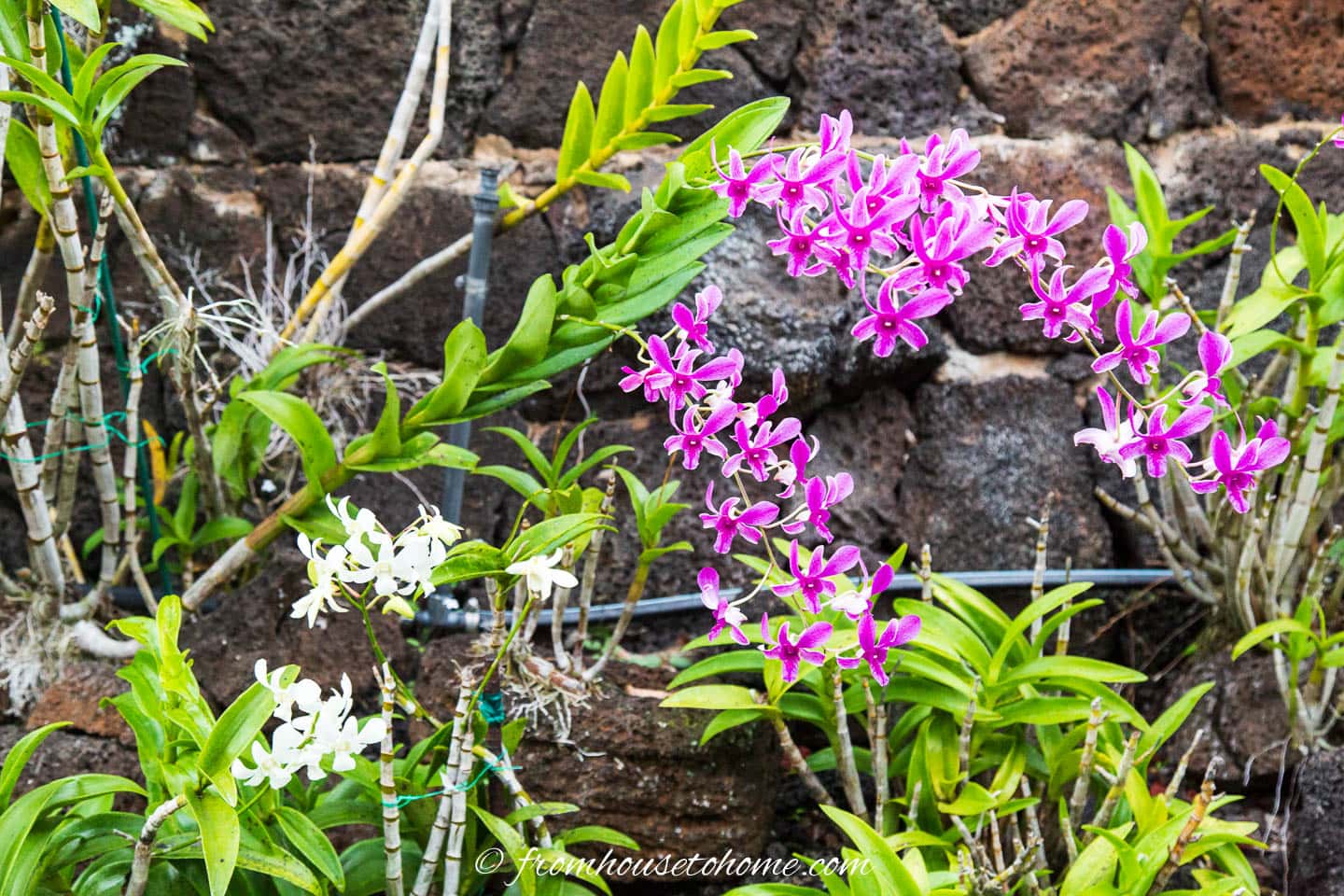
Do not be daunted by how exotic they look. It belies how tough and resilient they are.
You only need to see the outdoor orchid garden at a resort on Kauai, or the orchids growing wild on the trees lining ‘Alligator Alley’ in Florida to be convinced.
Keep reading to find 7 surprising things you didn't know about caring for Phalaenopsis orchids.
1 | Orchids Thrive On Neglect
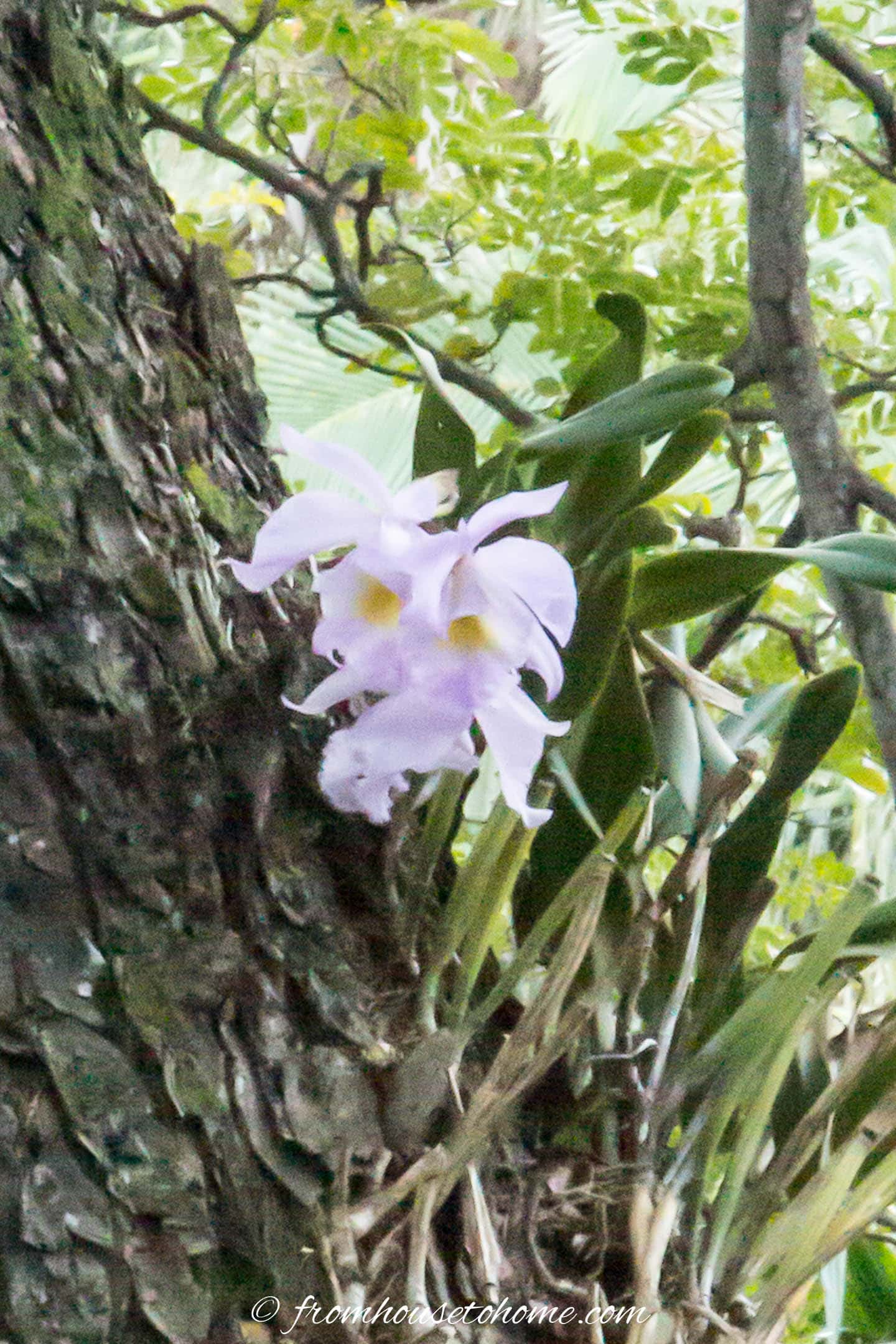
Orchids thrive on neglect. In the wild they often grow in tree crevices!
I water no more often than once every 2 weeks.
I do not mist but will run the leaves under lukewarm running water if they look dusty.
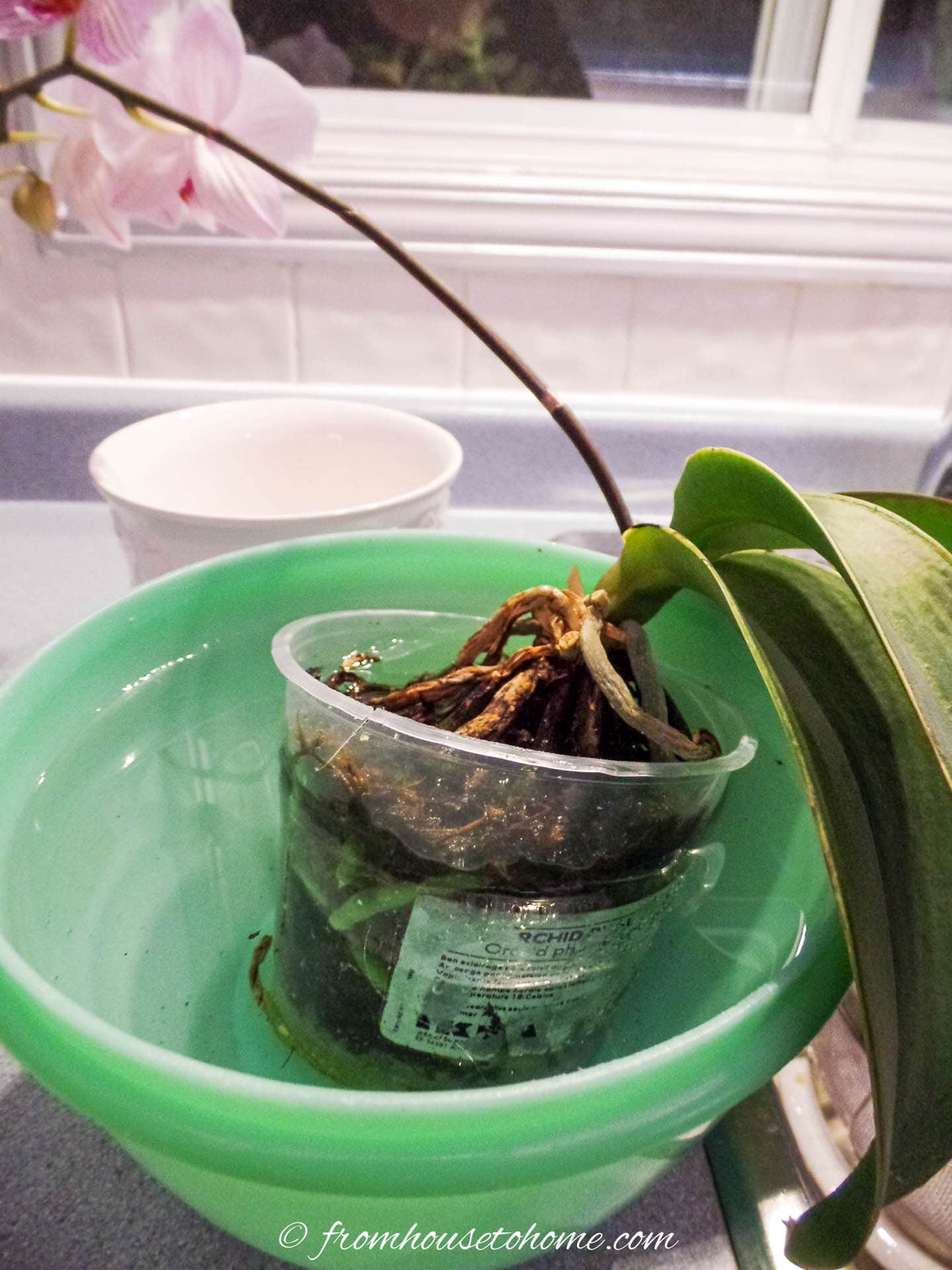
Water the plant by immersing the pot in lukewarm tap water for about 30 seconds.
Then tip the pot a little to drain all the water from the bottom before putting it back into its decorative container.
Orchids do not like to have their roots soaking.
2 | Phalaenopsis Orchids Do Not Need A Lot Of Light
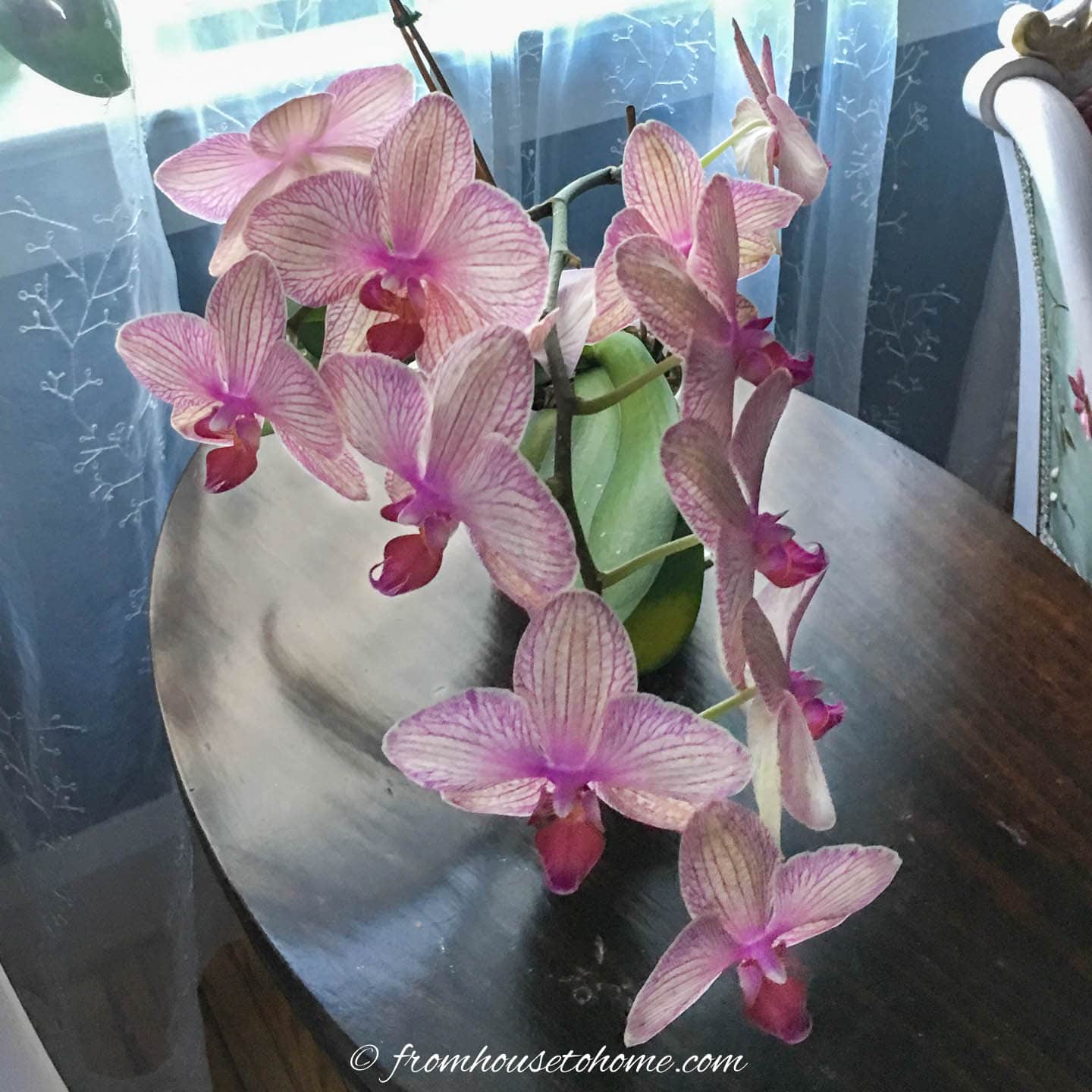
While the plant is blooming, I do not worry about light conditions. I place it wherever it looks best in my room.
When the orchid has finished blooming, position it in indirect light.
An east-facing window works well for me. Any window that will grow African violets will work for your orchids.
3 | Do Not Prune Old Blooms
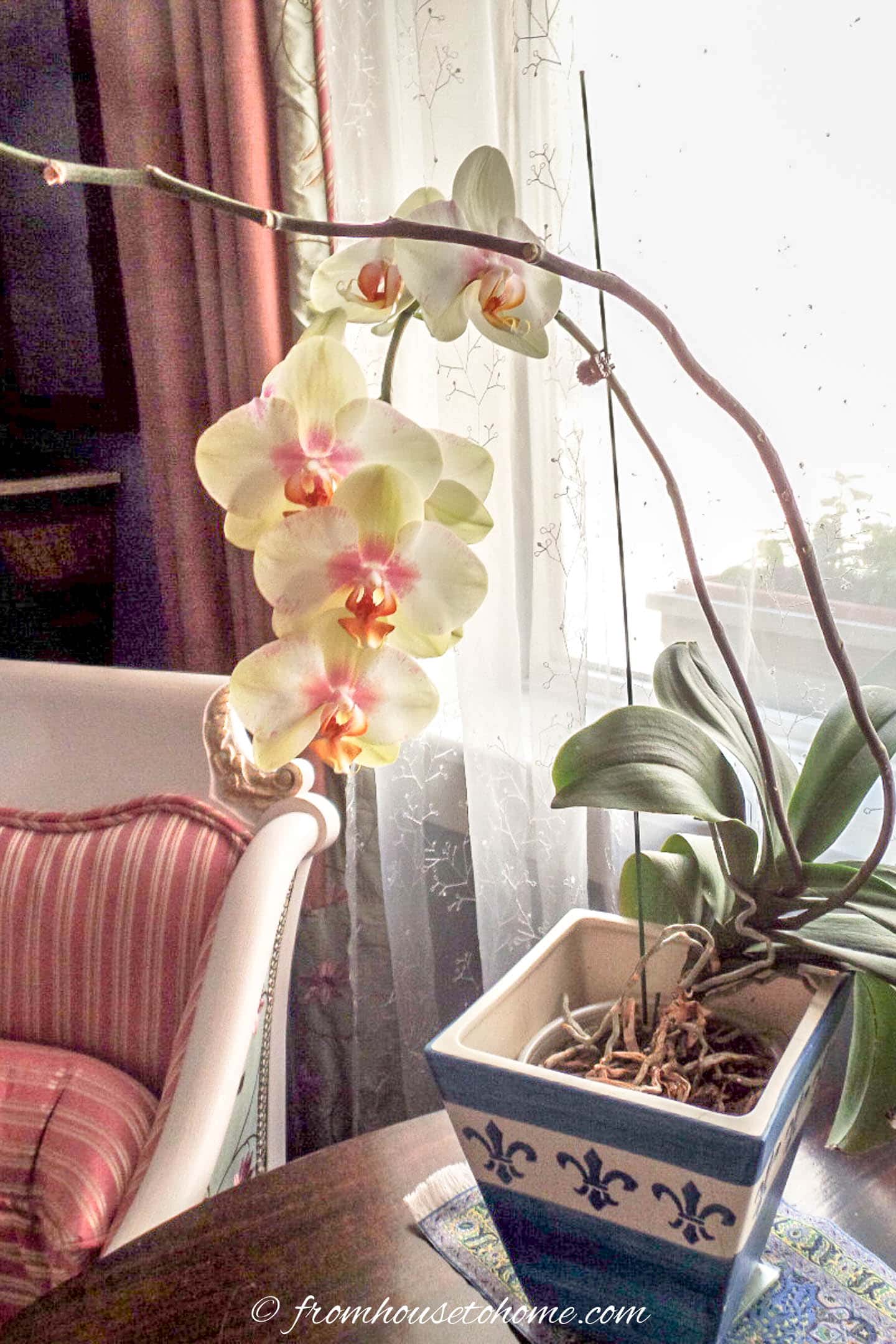
Do not cut off the orchid bloom stem unless it is completely brown.
Quite often new flowers will appear on the old stem.
4 | Orchids Do Not Like A Lot of Fertilizer
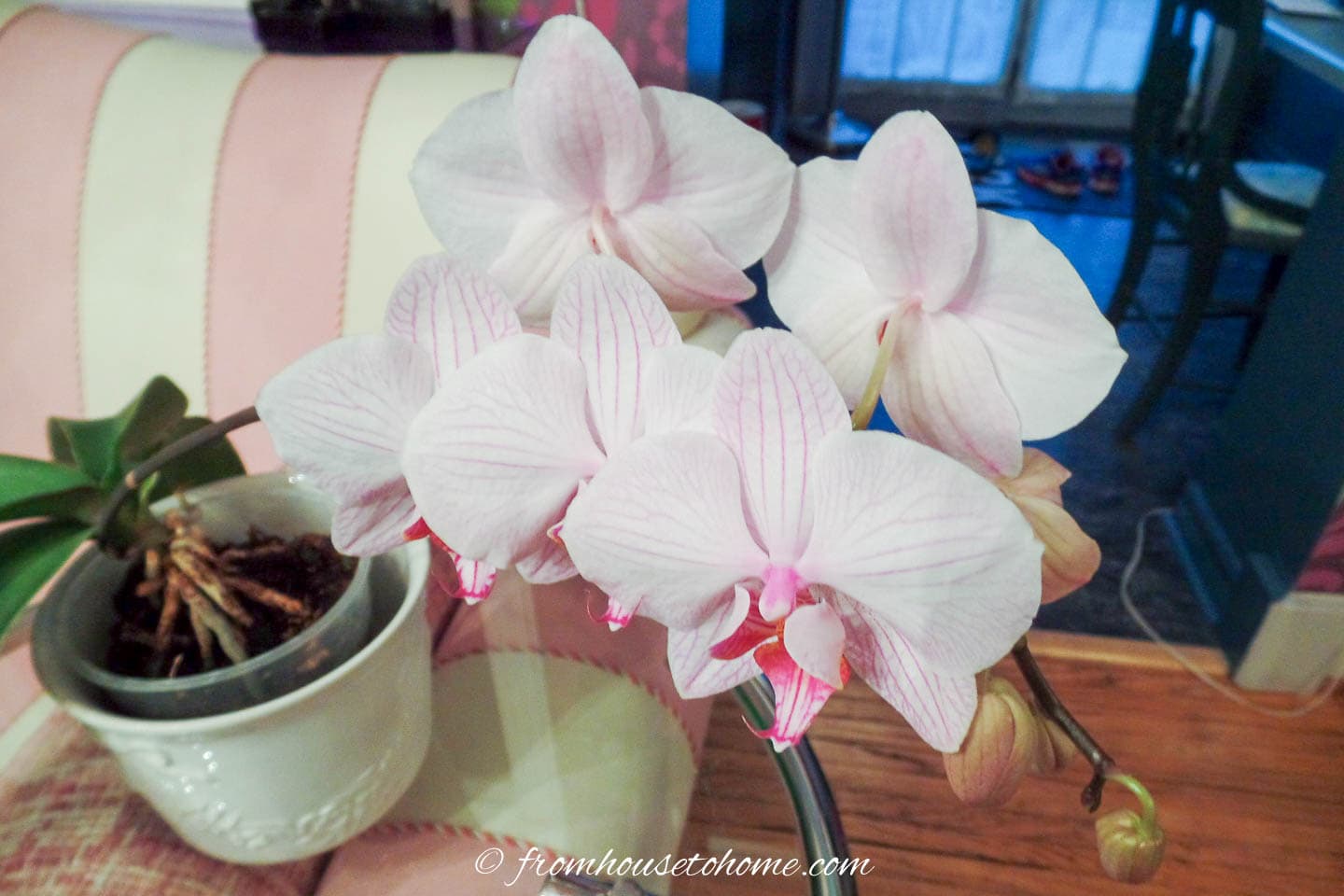
Add a very small amount of orchid fertilizer to the water of a non blooming plant every 3 months or so.
Do not fertilize a plant that is in bud or bloom.
5 | They Make Great Outdoor Potted Plants
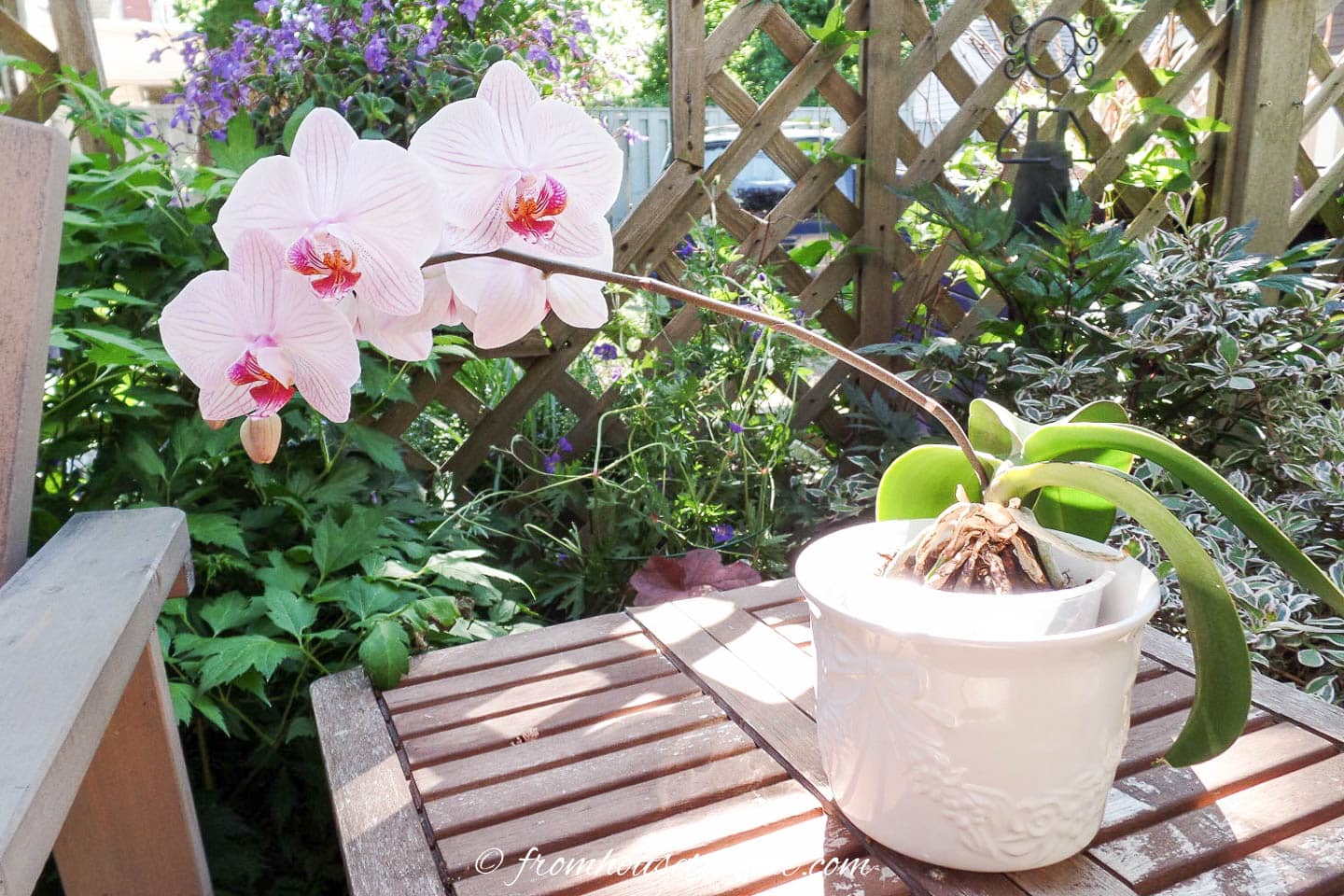
Orchid plants do well in a shady spot on the deck during the summer months.
Just be sure to drain the pots after a rainfall.
Unless you live in a tropical location, you do need to bring orchids in for the winter.
6 | Phalaenopsis Orchids Do Not Like To Be Re-potted
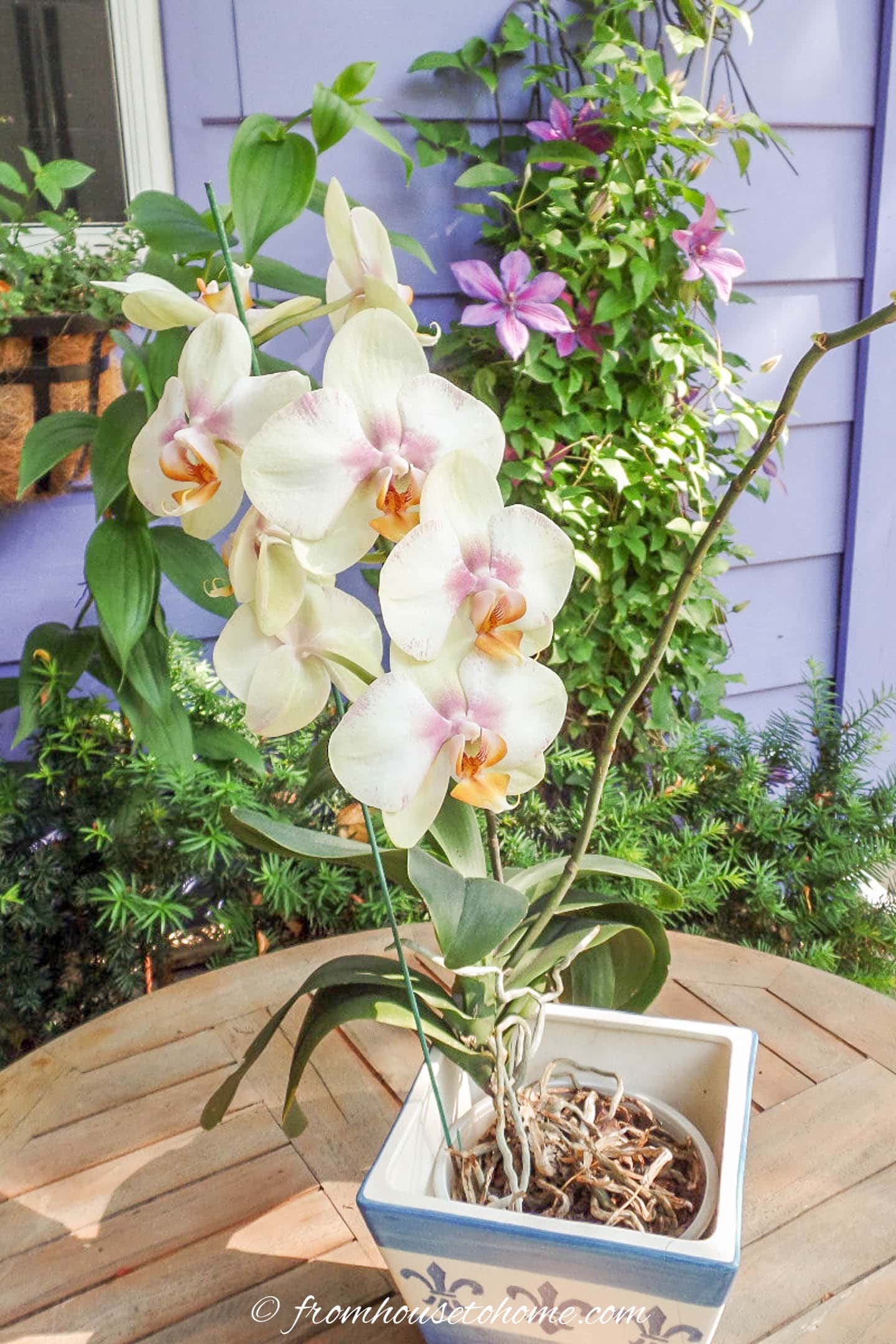
Orchid roots do not like to be disturbed.
I do not re-pot, just add a little bark or moss to the top of pots where the plant seems unstable.
Always handle the plant by the pot as opposed to the stem so that the roots are not loosened.
7 | Orchids Will Bloom Again Next Year
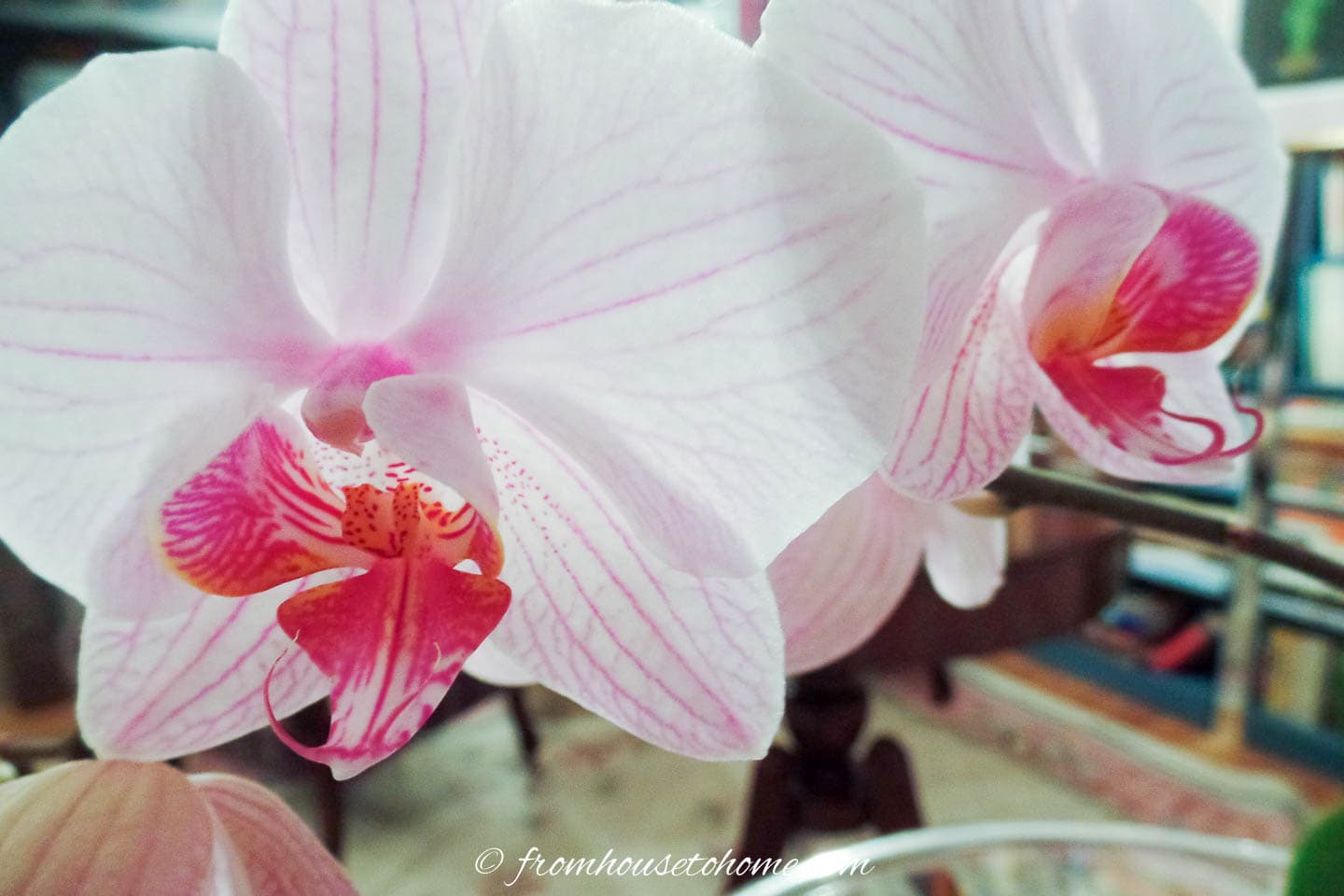
When one re-blooms for you, enjoy the smile and feeling of pride you get each time you look at it.
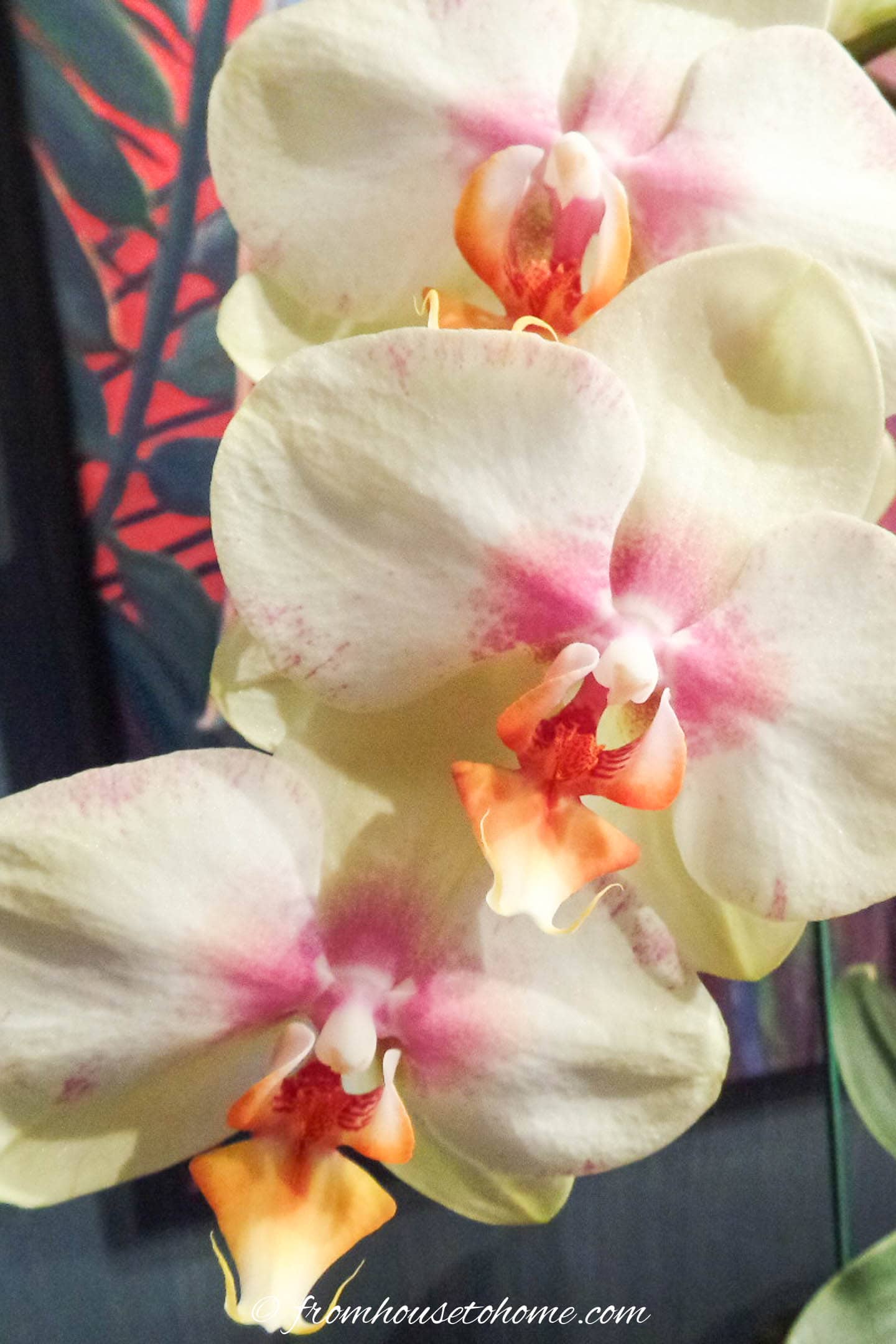
Now that you know how easy they are to take care of, you have no excuse for not having at least one in your home!
Have comments or questions on caring for Phalaenopsis orchids? Tell us in the section below.
Pin It So You Don't Forget It!
